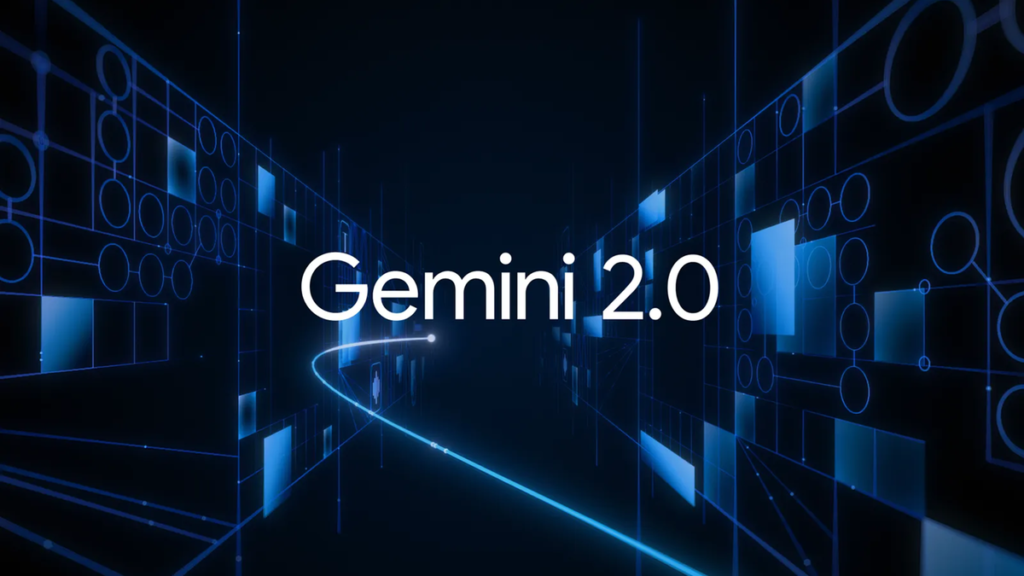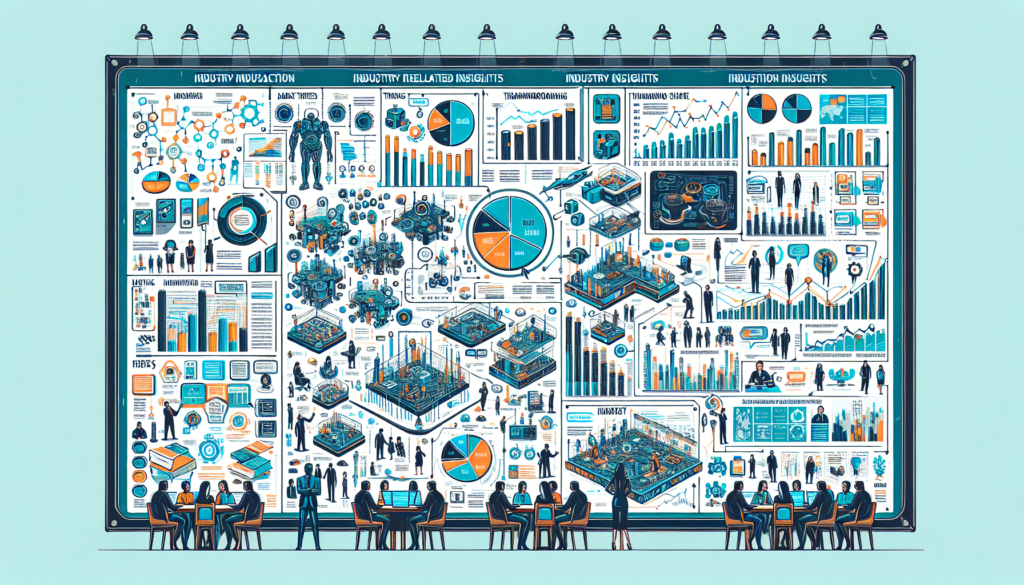Emergence of Artificial Intelligence in Marketing
Artificial intelligence (AI) is rapidly transforming the landscape of digital marketing. Marketers are increasingly leveraging AI tools to analyze consumer behavior, predict trends, and optimize campaigns. AI-driven analytics provide insights that were previously unattainable, allowing businesses to tailor their strategies effectively. From chatbots that enhance customer service to automated content generation, AI is streamlining processes and improving engagement.
Moreover, machine learning algorithms can analyze vast amounts of data to identify patterns and preferences among consumers. This data not only assists in targeting but also in personalizing the user experience. For example, e-commerce sites employ AI to recommend products based on past purchases, increasing the likelihood of conversion. As AI continues to evolve, marketers must stay informed and adapt their strategies accordingly to harness its full potential.
Personalization: The Key to Consumer Engagement
In today’s digital world, consumers expect personalized experiences. Generic messages and one-size-fits-all approaches are becoming less effective. Marketers are focusing on creating tailored content that speaks directly to individual preferences and behaviors. By utilizing data analytics and customer segmentation, businesses can craft personalized marketing strategies that resonate with their audience.
Personalization goes beyond addressing customers by their first name in emails. It involves understanding their journey, preferences, and pain points to deliver relevant content at the right moment. Companies that invest in personalization strategies can see significant improvements in customer engagement, loyalty, and conversion rates. As consumers continue to demand more relevant interactions, marketers must prioritize personalization to stay competitive.
Video Marketing: Capturing Attention in a Crowded Space
Video marketing has emerged as a dominant force in digital marketing strategies. With the rise of platforms like TikTok, Instagram Reels, and YouTube, businesses are harnessing the power of video to engage their audience. Video content is not only more engaging but also more likely to be shared, increasing brand visibility.
Short-form videos, in particular, have proven effective in capturing attention quickly. Marketers are utilizing storytelling techniques to create compelling narratives that resonate with viewers. Live streaming is also gaining traction, allowing brands to interact with their audience in real time, fostering a sense of community and connection. As video consumption continues to rise, marketers must explore innovative ways to incorporate video into their strategies.
Voice Search Optimization: Adapting to Changing Search Habits
With the increasing adoption of smart speakers and voice-activated devices, voice search is changing the way consumers find information online. Marketers need to adapt their SEO strategies to accommodate this shift. Voice searches tend to be more conversational, which means businesses should focus on long-tail keywords and natural language in their content.
Moreover, optimizing for local search is crucial, as many voice searches are location-based inquiries. Businesses should ensure their Google My Business listings are accurate and up to date to enhance their visibility in voice search results. As voice technology continues to advance, marketers who prioritize voice search optimization will gain a competitive edge.
Social Commerce: The Integration of Social Media and E-Commerce
Social media platforms are evolving beyond mere communication tools; they are becoming thriving marketplaces. Social commerce, the integration of social media and e-commerce, is gaining momentum. Brands are leveraging platforms like Instagram, Facebook, and Pinterest to sell products directly to consumers, creating a seamless shopping experience.
Shoppable posts and ads are becoming increasingly popular, allowing users to purchase products without leaving their favorite social media app. Influencer marketing also plays a critical role in social commerce, as consumers trust recommendations from influencers they follow. As social commerce continues to grow, businesses must develop robust strategies to capitalize on this trend and meet consumers where they already spend their time.
Augmented Reality: Enhancing Consumer Interaction
Augmented reality (AR) is set to revolutionize the way consumers interact with brands. By overlaying digital information onto the physical world, AR creates immersive experiences that engage users in unique ways. Brands are using AR to allow customers to visualize products before purchase, enhancing their shopping experience.
For example, furniture retailers offer AR applications that enable users to place virtual furniture in their homes to see how it fits. Beauty brands are also utilizing AR to let customers try on makeup virtually. As consumers crave interactive experiences, incorporating AR into marketing strategies can lead to higher engagement and conversion rates.
Data Privacy and Ethical Marketing Practices
As data privacy concerns grow among consumers, marketers must navigate the complexities of ethical data usage. With regulations such as GDPR and CCPA, businesses are required to be transparent about how they collect and use consumer data. Trust is essential in building lasting relationships with customers, and practicing ethical marketing can foster that trust.
Marketers should prioritize obtaining explicit consent from consumers before collecting their data. Additionally, providing clear information about data usage can enhance transparency. By adopting ethical marketing practices, businesses can not only comply with regulations but also differentiate themselves in a crowded marketplace.
The Rise of Sustainability in Marketing
Sustainability is becoming a significant factor in consumer purchasing decisions. As awareness of climate change and environmental issues grows, consumers are gravitating toward brands that prioritize sustainability. Marketers must adapt by incorporating sustainable practices into their strategies and communicating these efforts effectively.
Sustainable marketing involves not only promoting eco-friendly products but also adopting sustainable practices within the organization. Brands that demonstrate a genuine commitment to sustainability can build stronger connections with environmentally-conscious consumers. Highlighting initiatives such as reduced packaging, ethical sourcing, and carbon offsets can enhance brand reputation and attract a loyal customer base.
Omnichannel Marketing: Creating a Cohesive Customer Journey
The future of digital marketing lies in creating a cohesive customer journey across multiple channels. Omnichannel marketing focuses on providing a seamless experience, whether customers engage through social media, a website, or in-store. As consumers interact with brands across various touchpoints, marketers must ensure consistency in messaging and branding.
Utilizing data analytics allows marketers to track customer interactions across channels, gaining insights into their preferences and behaviors. By understanding the customer journey, businesses can optimize their strategies to enhance engagement and drive conversions. As the digital landscape continues to evolve, adopting an omnichannel approach will be essential for success.
Influencer Marketing: Authentic Connections with Audiences
Influencer marketing has become a powerful tool for brands looking to connect with their audience authentically. As consumers increasingly turn to social media for recommendations, influencers play a crucial role in shaping purchasing decisions. Collaborating with influencers who align with brand values can enhance credibility and reach.
Micro and nano influencers, in particular, are gaining traction due to their perceived authenticity and close relationships with their followers. Brands are recognizing that partnering with smaller influencers can yield higher engagement rates and foster genuine connections. As influencer marketing continues to evolve, marketers should focus on building long-term relationships with influencers to create meaningful campaigns.
The Evolution of Content Marketing
Content marketing is evolving to meet the demands of modern consumers. As attention spans decrease, marketers are exploring innovative formats to deliver content effectively. Short-form content, such as bite-sized videos and infographics, is gaining popularity, allowing brands to convey their message quickly and engagingly.
Interactive content, such as quizzes, polls, and surveys, is also on the rise. This type of content encourages active participation from users, increasing engagement and sharing. Additionally, the focus is shifting towards storytelling that resonates with audiences emotionally. Marketers should prioritize creating valuable, relevant, and engaging content that addresses the needs and interests of their target audience.
Adapting to Evolving Consumer Behavior
Consumer behavior is continuously evolving, influenced by technological advancements and societal changes. Marketers must stay attuned to these shifts to remain relevant. The rise of remote work, for example, has altered shopping habits, with consumers increasingly turning to online channels for convenience.
Understanding the motivations behind these changes is crucial for developing effective marketing strategies. Conducting regular market research and leveraging analytics can provide valuable insights into consumer preferences. By adapting to evolving behavior, businesses can tailor their offerings and communication strategies to meet the needs of their audience, ensuring long-term success.
The Importance of Community Building
In an increasingly digital world, community building has become essential for brands. Consumers are seeking connections and belonging, and brands that foster a sense of community can cultivate loyal customers. Social media platforms provide an excellent opportunity for brands to engage with their audience and create a space for meaningful interactions.
Encouraging user-generated content and facilitating discussions around shared interests can strengthen community ties. Brands that actively listen to their audience and respond to feedback can create an environment where consumers feel valued and heard. By prioritizing community building, businesses can enhance brand loyalty and drive long-term success.














